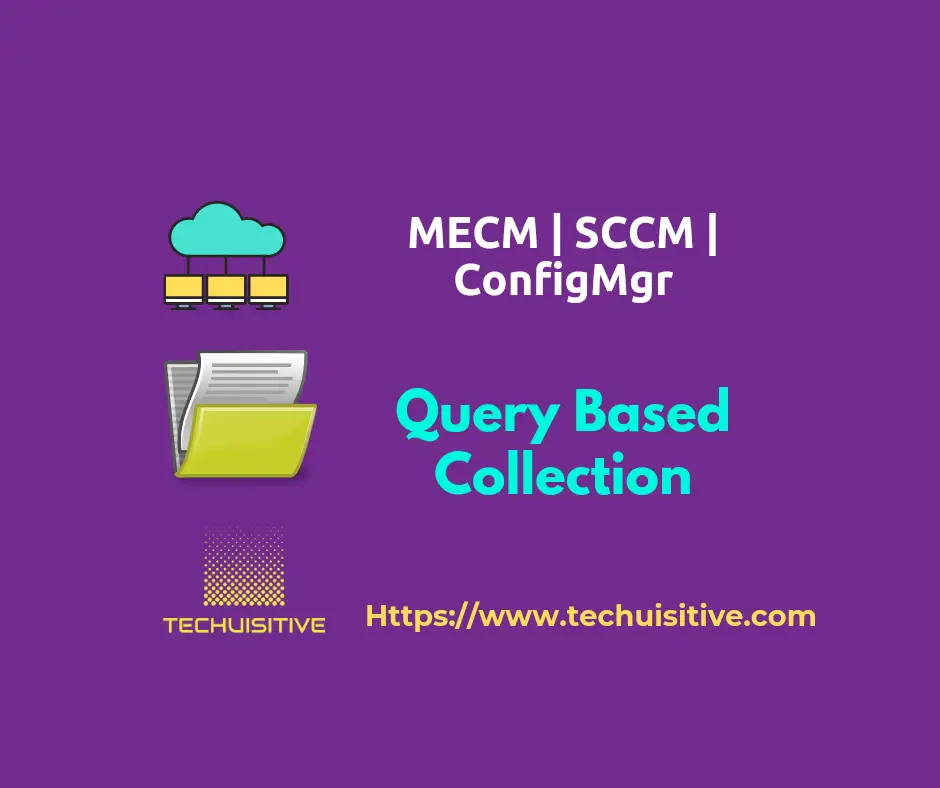How to Schedule SCCM Client Reboot through ConfigMgr
You may have a requirement to reboot SCCM client computers which have not been rebooted for n number of days. This process can be used to schedule a reboot using PowerShell script deployed as SCCM application. The PowerShell script will check if machine was rebooted in last n number of days. If not it will return exit code 3010 instructing SCCM client agent that a soft reboot is required.
How to Schedule SCCM Client Reboot through ConfigMgr Read More »







